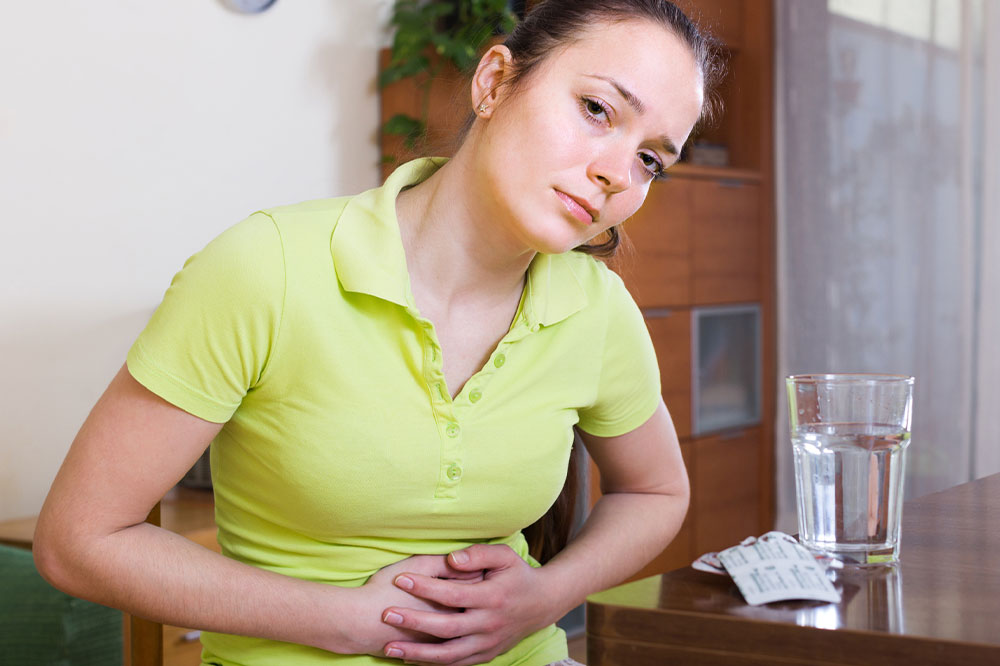12 signs of constipation that shouldn’t be ignored

One of the most important functions of the human body is to expel waste material to ensure a healthier and more efficient digestive system. Unfortunately, about 16% of adults in the country grapple with constipation symptoms, characterized by difficulty passing stools regularly. Although the condition is typically not life-threatening, severe constipation may lead to health conditions like hemorrhoids and fecal impaction. Some early warning signs that indicate one may be constipated are listed below.
Passage of stools less than thrice a week
A tell-tale sign of constipation is infrequent passage of stools, defined as less than three bowel movements a week. Such infrequent bowel movements for an extended period can cause discomfort and loss of alertness, interfering with the ability to complete one’s daily activities.
Hard, dry stools
The colon muscles typically act slowly among constipation patients. Consequently, stools move through the colon more slowly than usual, causing excessive water absorption in the colon and hard, dry stools. For this reason, one needs to stay hydrated, especially when dealing with constipation symptoms.
Gas and bloating
Constipation is often accompanied by the accumulation of gas in the stomach, causing severe bloating and discomfort. At such times, it is advisable to avoid processed and deep-fried foods, replacing them with healthier alternatives like foods rich in insoluble fiber to give the body the push required to empty the bowels. Some other effective tips to remedy gas and bloating due to constipation are avoiding chewing gum, increasing fiber intake, staying hydrated, and remaining physically active.
Nausea and loss of appetite
Since stools pass through the colon slowly when one is constipated, the concentration of bacteria in the colon increases, causing one to feel nauseated and triggering a loss of appetite. Skipping meals is common among people with constipation.
Fatigue
Some studies suggest that the accumulation of bacteria in the colon due to constipation can cause increased fermentation of stools, leading to mitochondrial dysfunction and fatigue. Constipation-induced fatigue can also be caused by reduced absorption of nutrients and less conversion of nutrients into cellular energy.
Tenesmus
Tenesmus, a common sign of constipation, is characterized by a tendency to evacuate the bowel right after passing stools. It is caused by severe inflammation, which affects the rectal nerves.
Strained bowel movements
An evident symptom of constipation is the slowing down of stool passage in the colon, which increases the pressure needed to remove stools from the body. Such force can cause strained and painful bowel movements, sometimes leading to swelling of veins around the anus or tearing of anal skin, a condition known as anal fissure.
Vomiting
Constipation slows down the entire digestive system, which causes delays in food reaching the intestines. As a result, individuals suffering from constipation may experience vomiting.
Mood and anxiety issues
Studies have demonstrated that constipated individuals are more likely to develop mood and anxiety issues than those with healthy digestive systems. Furthermore, individuals with constipation are more susceptible to being diagnosed with anxiety than those without the condition. Constipation increases one’s risk of reabsorbing toxins that must be removed from the body, contributing to the onset of mental health issues.
Abdominal pain
The bloating and flatulence caused by constipation can also lead to sharp pain in the abdomen. Sometimes, one may also experience abdominal swelling.
Bowel incontinence
Chronic constipation can cause the weakening of the muscles in the intestines and rectum. Sometimes, it may also trigger rectal nerve damage, leading to fecal incontinence.
Cramps
Tightness in the abdominal muscles during constipation can lead to severe abdominal cramps, worsening pain, and discomfort.
Chronic constipation can hamper one’s ability to perform daily activities efficiently and affect physical and mental well-being. Although fibrous foods are often advised to manage this condition, the type of fiber eaten makes a significant difference. Soluble fibers in foods like oats, bran, and beans convert to a gel-like substance in the stomach and slow digestion. In contrast, insoluble fiber sources like cabbage, broccoli, legumes, and potatoes move faster through the digestive system, preventing constipation. Thus, one can add foods rich in insoluble fibers to the meal plan to fight constipation symptoms. Some other measures to overcome this condition include avoiding a sedentary lifestyle, drinking plenty of water, avoiding dependency on laxatives, and staying away from fast foods.






